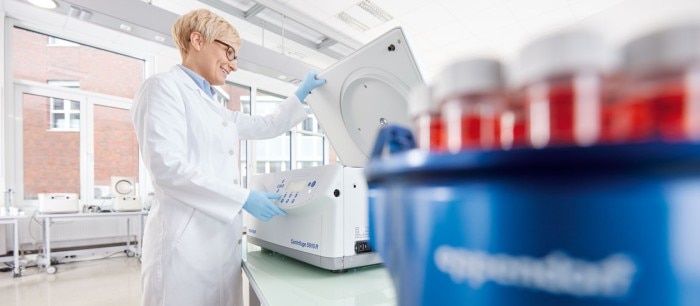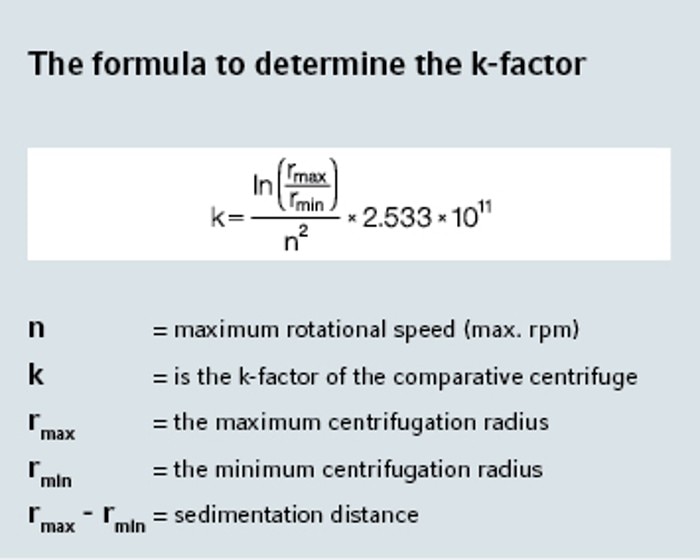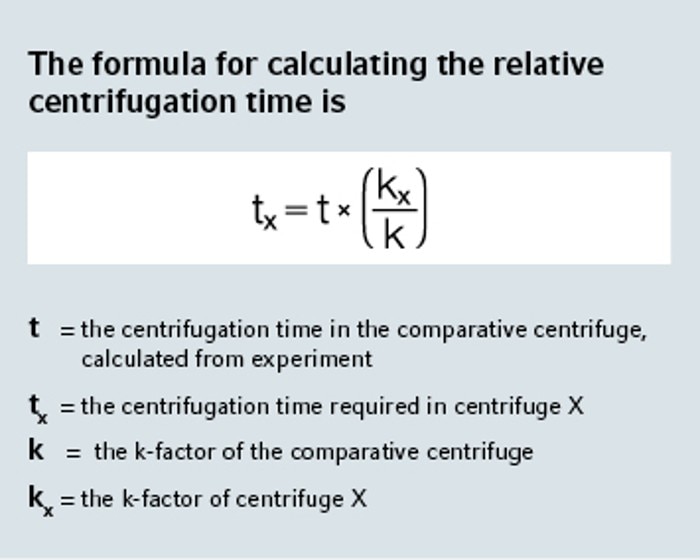-
-
-
-
- Forum Labo 2025
- Advanced Therapies Week (ATW) 2025
- SLAS Europe 2025
- Bioprocessing Summit Europe 2025
- Medlab Middle East 2025
- SLAS International 2025
- Biologics World Nordics 2025
- ASIA LABEX: The Lab Show 2025
- BioProcess International Europe 2025
- ISEV 2025
- Future Labs Live 2025
- Cell 2025
- ASIA LABEX: The Lab Show 2025
-
-
-
-
- Forum Labo 2025
- Advanced Therapies Week (ATW) 2025
- SLAS Europe 2025
- Bioprocessing Summit Europe 2025
- Medlab Middle East 2025
- SLAS International 2025
- Biologics World Nordics 2025
- ASIA LABEX: The Lab Show 2025
- BioProcess International Europe 2025
- ISEV 2025
- Future Labs Live 2025
- Cell 2025
- ASIA LABEX: The Lab Show 2025
-
- Benchtop Centrifuges
- Floor-Standing Centrifuges
- Refrigerated Centrifuges
- Microcentrifuges
- Multipurpose Centrifuges
- High-Speed Centrifuges
- Ultracentrifuges
- Concentrator
- High-Speed and Ultracentrifuge Consumables
- Centrifuge Tubes
- Centrifuge Plates
- Device Management Software
- Sample and Information Management
-
- All Pipettes, Dispensers & Automated Liquid Handlers
- Mechanical Pipettes
- Electronic Pipettes
- Multi-Channel Pipettes
- Positive Displacement Pipettes & Dispensers
- Automated Pipetting
- Bottle-Top Dispensers
- Pipette Controllers
- Pipette Tips
- Automation Consumables
- Dispenser & Pipette Accessories
- Automation Accessories
- Dispenser & Pipette Services
You are about to leave this site.
Please be aware that your current cart is not saved yet and cannot be restored on the new site nor when you come back. If you want to save your cart please login in into your account.

Adapting Centrifuge Time and Speed
Lab Academy
- Molecular Biology
- Centrifugation
- Efficiency
- Centrifuges & Rotors
- Essay
What can you do if your centrifuge and rotor provide, e.g., only lower g × force than your protocol requires? You can centrifuge for an appropriate longer length of time. But what centrifuge time and speed will be required? And how do you calculate this? The answer: by using the k-factor, a measure of the sedimentation distance. This will tell you how long it will take the particles to settle at the bottom of the test tube.
The k-factor represents the pelleting efficiency of a centrifugation system at maximum rotational speed. You can download our Centrifuge Family Overview to find out the maximum speed of your Eppendorf centrifuge.
The k-factor is a measure of the sedimentation distance in a test tube; it depends on the difference between the longest and the shortest distance between the sample and rotor axis. The shorter the sedimentation distance, the shorter the centrifugation time. In addition, the angle of the tubes within the rotor influences the sedimentation distance.

The k-factor is a measure of the sedimentation distance and tells us how long it will take until the particles settle at the bottom of the test tube.
The smaller the k-factor, the better the pelleting efficiency.
Read more
Read less
The formula for calculating the k-factor considers these parameters:

- Maximum rotor radius
- Minimum rotor radius
- Speed
To achieve the same sedimentation result and compensate for not having g × force, you can calculate how much longer to centrifuge using a formula based on the k-factors of both rotors and the centrifugation time of the rotor originally used.
Is adjusting your centrifuge speed and time getting in the way of your experiments? You can also use our calculation tool to measure the required rotational speed and relative centrifugal force, using the rotor diameter.
Learn more basics in centrifugation
Read more
Read less
